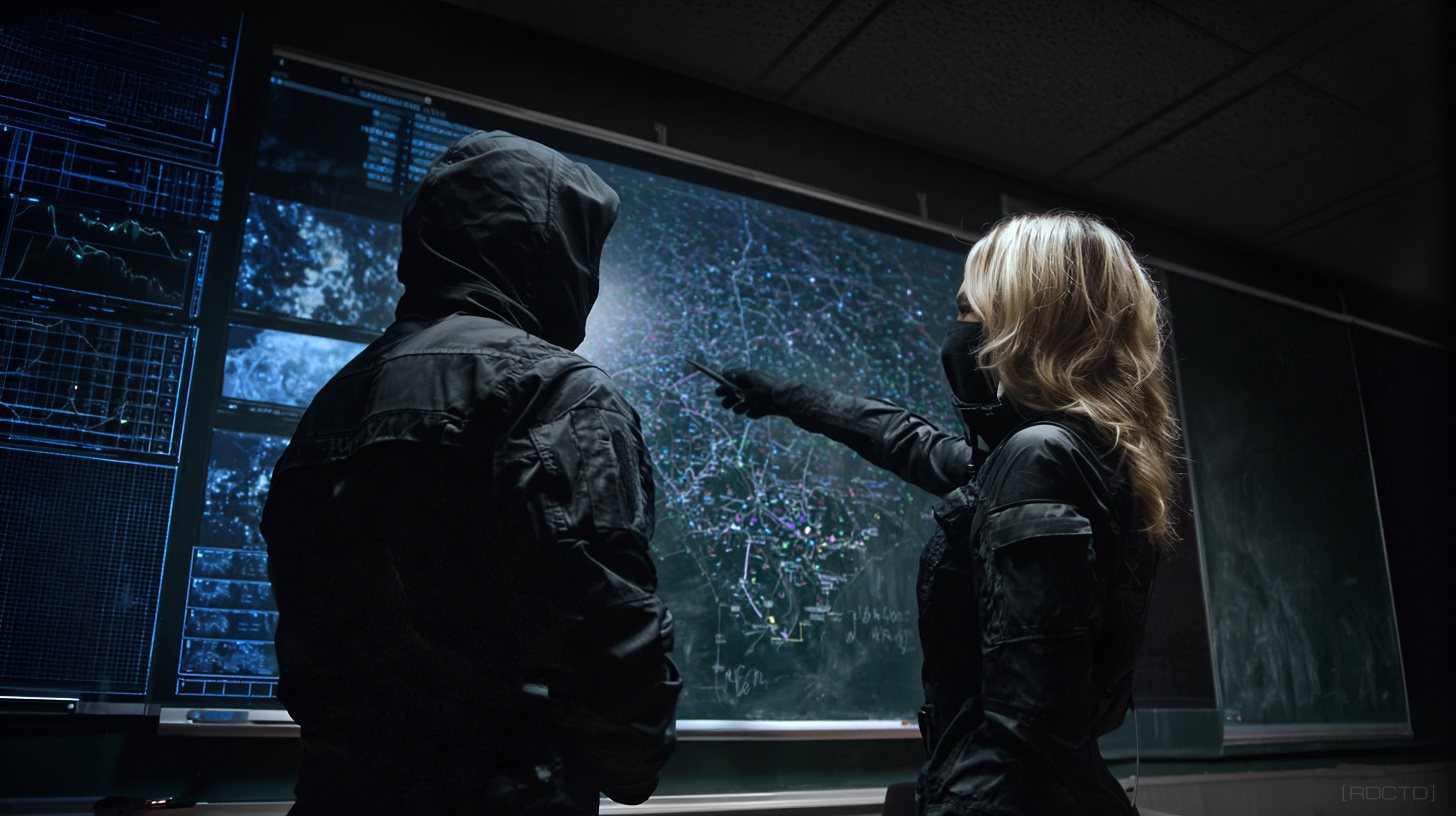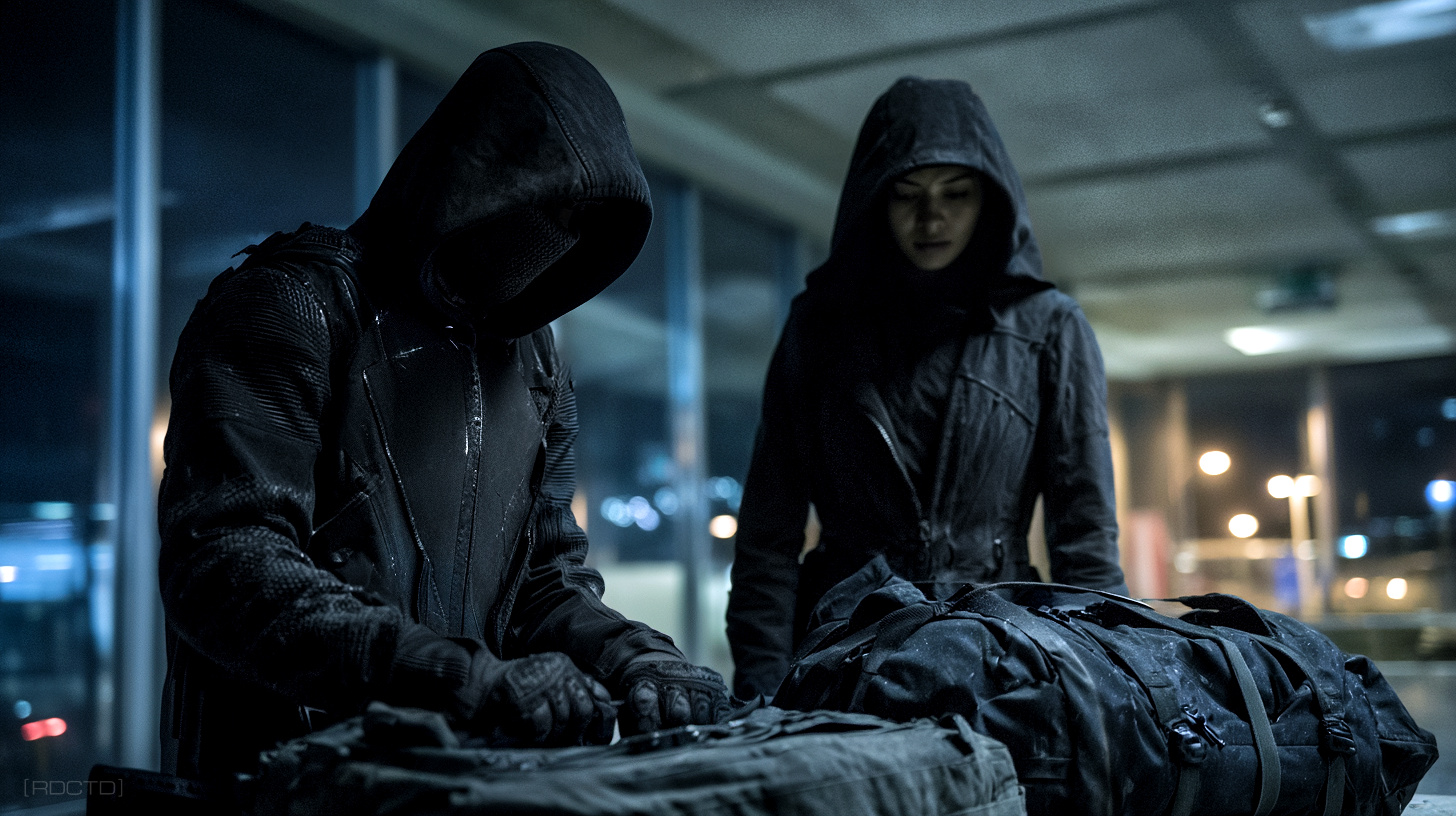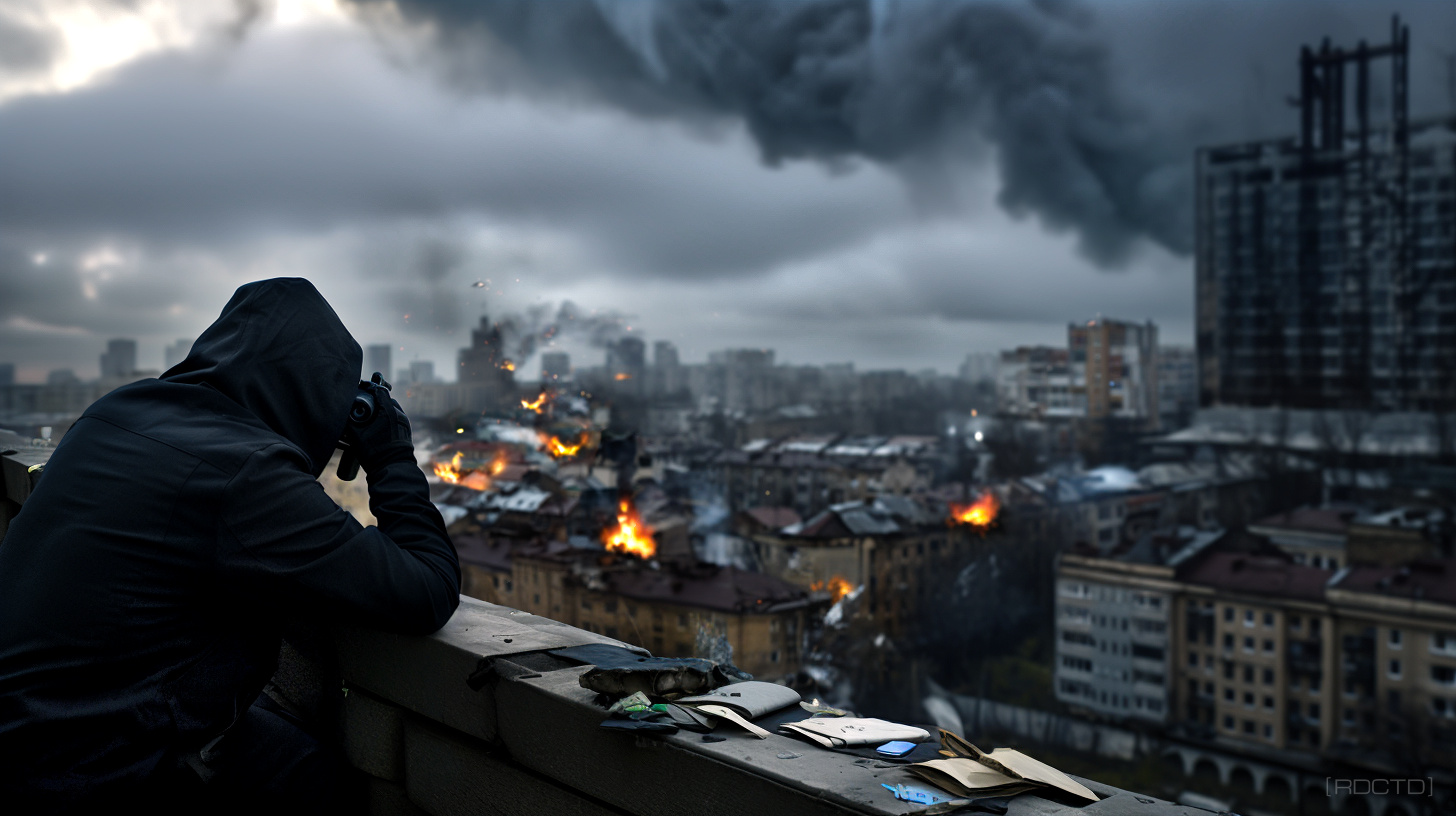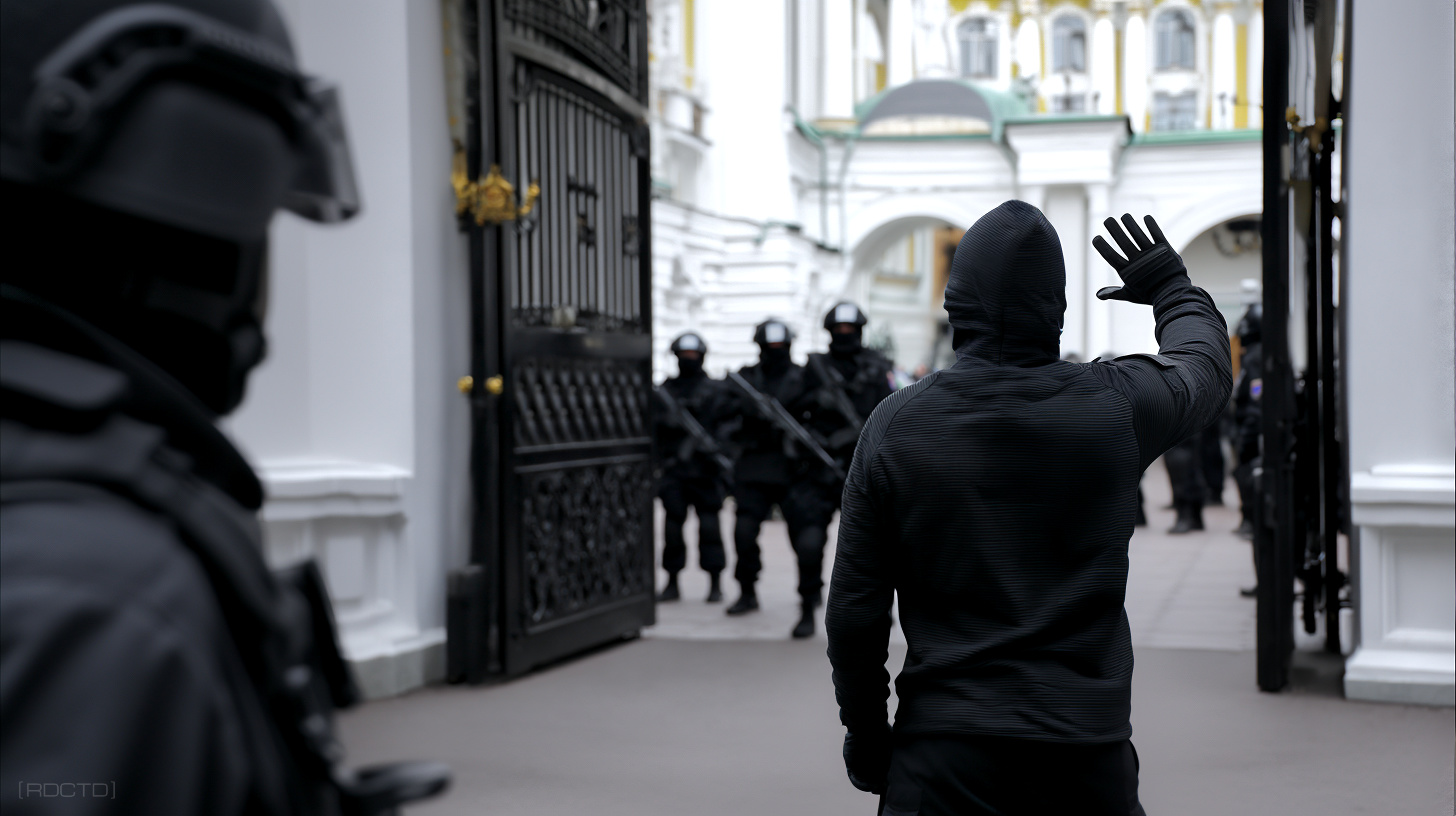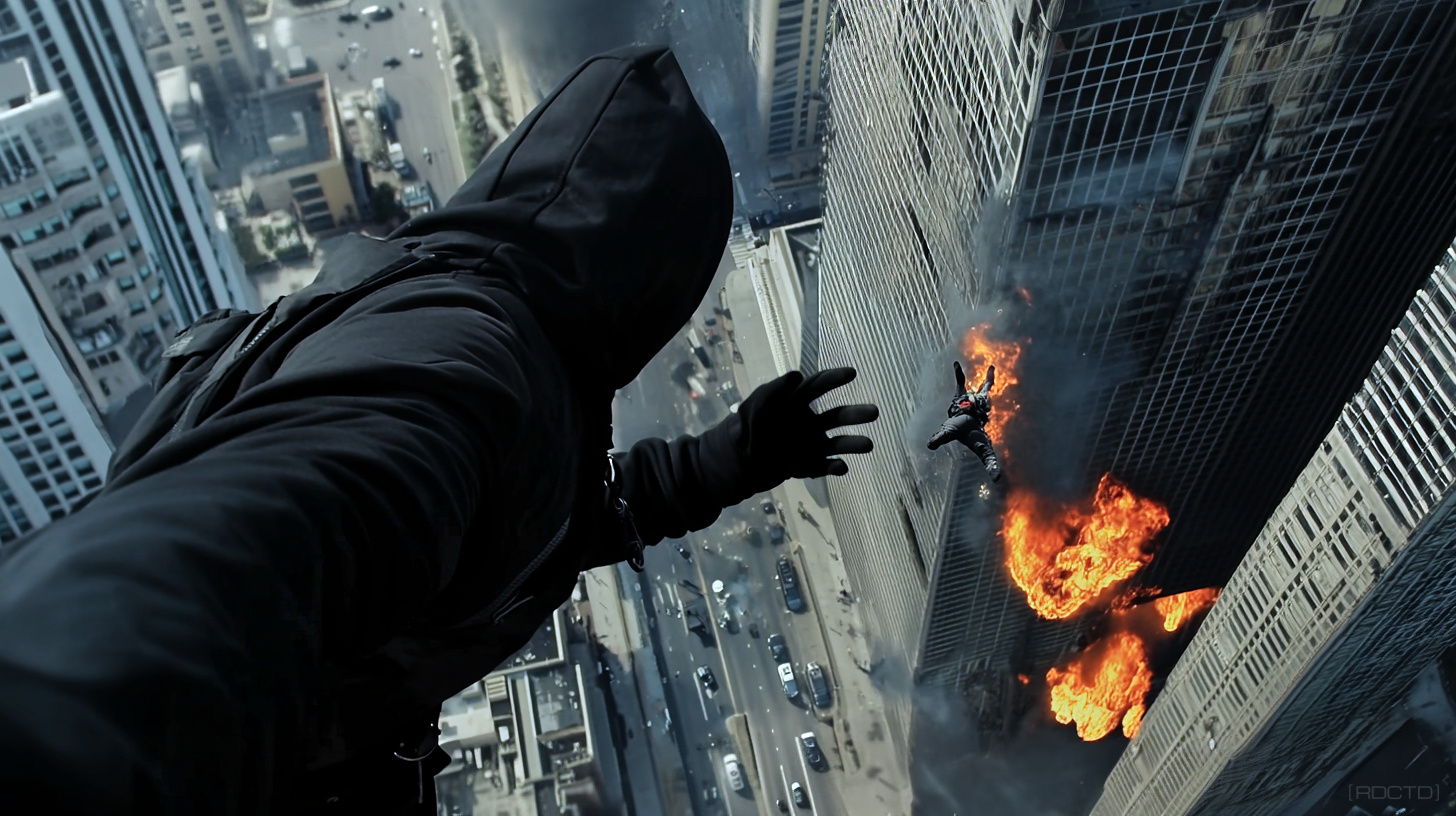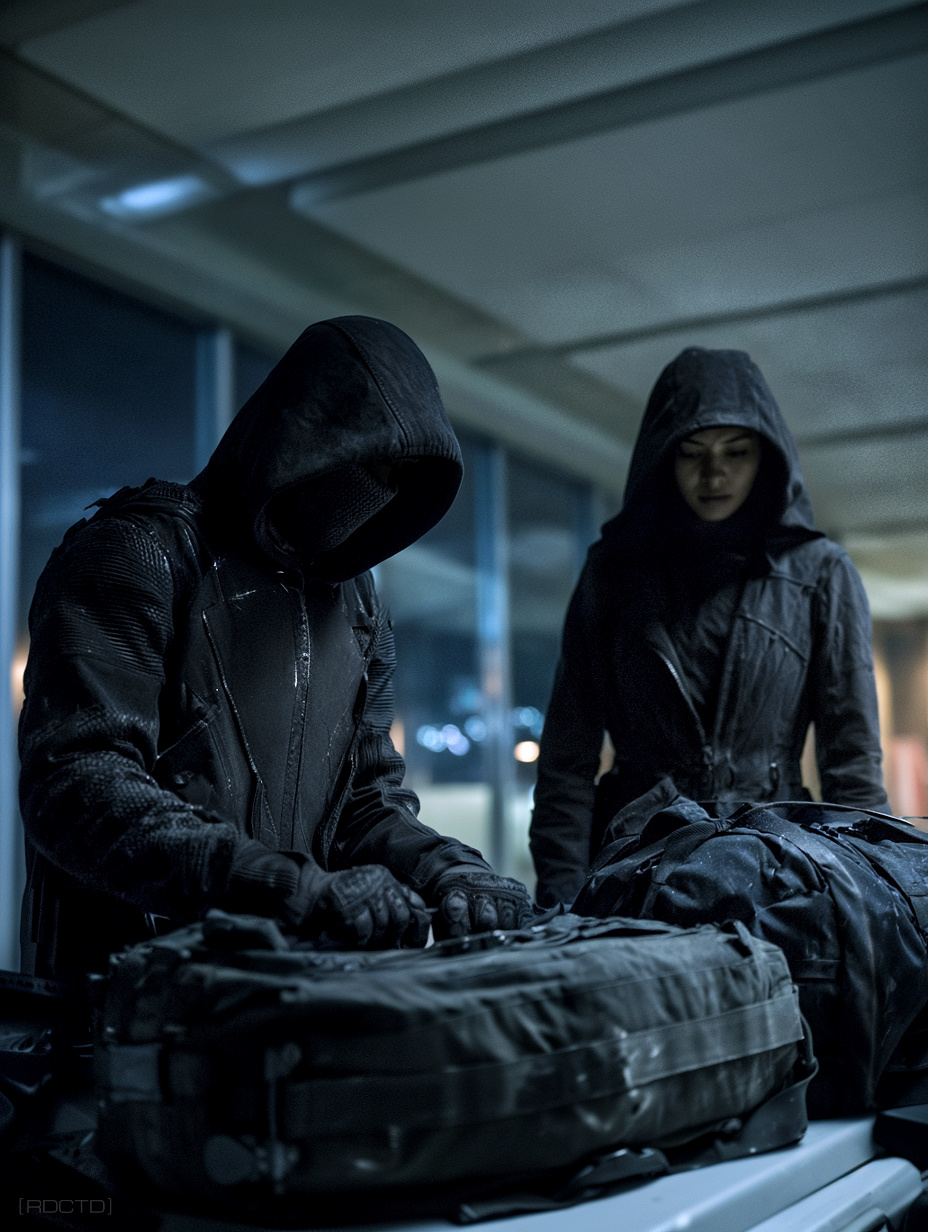 Making moves is the disciplined art of sequencing micro and macro actions, guided by intelligence and timing – to shift probabilities in your favor and turn short and long-term objectives into inevitabilities.
Making moves is the disciplined art of sequencing micro and macro actions, guided by intelligence and timing – to shift probabilities in your favor and turn short and long-term objectives into inevitabilities. Moves rewrite the conditions of the future. Every move narrows it. The art is choosing the one that shapes it to your advantage.
An operative thinks of a “move” not as a dramatic flourish but as an intervention that changes the state of the board – relationships, resources, timing, and terrain – so the next move is easier and the risk is lower. This effectively is an Ends–Ways–Means problem, constrained by Time and Risk.
Ends define what must be true when you’re finished; Ways are the concepts of operation that bridge present to future; Means are the people, money, access, and authority you can actually marshal. Time forces sequencing; risk forces selectivity. Tradecraft lives in how you integrate those elements into action while refusing to confuse motion with progress.
Momentum is built by stacking moves until resistance breaks.
[ START ]
![]()
Begin by architecting goals the way you’d draft operational orders. When planning moves (in operations, business, or personal strategy) you need more than a vague end-state. It should be designed like a mission.
Clear, structured, and with a logic chain that connects today’s effort to tomorrow’s outcome. This ensures that each action, macro or micro, isn’t just activity but a deliberate step in a longer sequence.
![]()
Translate Outcomes Into Observable Effects
Break your final objective into intermediate effects that can be measured in the environment, not just tasks completed. For example, if the long-term goal is to establish influence in a region, an intermediate effect might be “local partners initiate contact first” or “opponents stop contesting access.”
These are observable shifts that show the environment is moving toward your intent. In personal terms, if the goal is financial independence, an intermediate effect could be “monthly savings exceed living costs by 20%.” This approach prevents self-deception, because you’re measuring external changes, not just box-checking what you did.
![]()
Attach Decision Points to Each Effect
Define in advance the thresholds where you’ll either accelerate, pause, pivot, or abort. A decision point is a structured checkpoint tied to intelligence, timing, and risk. For example: “If revenue doesn’t increase by 10% after three months of marketing spend, pivot resources into alternative channels.”
In covert operations, it might be: “If surveillance risk indicators cross two in a row, abort exfil and switch to safehouse route.” Decision points turn uncertainty into planned forks in the road rather than emotional, last-minute reactions.
![]()
Build Branches and Sequels Explicitly
Don’t think in straight lines, think in trees. Branches are conditional alternatives, different routes to the objective depending on how the environment responds. Sequels are follow-on moves once a particular branch has been executed. For example, in negotiations: “If stakeholder A agrees to terms but stakeholder B resists, branch to direct engagement with B supported by A.”
In operations: “If primary asset extraction fails, branch to secondary extraction point with sequels for media cover and diplomatic handling.” Writing these explicitly in advance forces you to consider contingencies, reduces cognitive load under pressure, and keeps momentum toward the end-state even if conditions shift.
![]()
By structuring goals this way, you create a living plan that adapts as reality unfolds. You’ve mapped forks, sequels, and observable outcomes in advance, which keeps you from improvising blindly when conditions shift.
Each micro move becomes part of a coherent chain. Instead of reacting to the environment, you’re shaping it to produce outcomes you’ve already defined.
A move without intel is motion. A move with intel is leverage.
[ ASSESSMENT ]
![]()
No move is effective if it’s built on poor intelligence. Intelligence starts at collecting data then knowing what to look for, how to interpret it, and when to act.
Every well-placed move starts with an accurate picture of the baseline environment and the right indicators for change.
![]()
Establish a Baseline
Define what “normal” looks like before you ever act. In surveillance, this means observing the average flow of foot traffic, police patrols, or neighborhood behavior until you can recognize what’s routine. In business, it’s market behavior, competitor actions, and customer cycles. Without a baseline, you’ll miss weak signals or overreact to ordinary fluctuations.
![]()
Write a Simple Collection Plan
Decide in advance what information matters, how you’ll collect it, and what each indicator means. For example: “If competitor pricing drops more than 15%, that’s a signal of overcapacity, not generosity.” In operations, a plan could include surveillance indicators like parked cars with fogged windows or repeating patterns in pedestrian traffic. The plan prevents you from being overwhelmed by random noise.
![]()
Apply The OODA Loop Properly
Observation is just input. Orientation – the mental framing of that input against your biases, models, and constraints – is where most failures happen. Two operatives can see the same event and reach opposite conclusions because they orient differently. Discipline here means constantly updating your models to fit the evidence rather than fitting the evidence to your models.
![]()
Think Probabilistically
Don’t treat moves as certain outcomes, treat them as bets. After each piece of new information, update the probability of your plan succeeding. For instance: “If my contact shows up late three times, the probability of compromise rises from 10% to 40%.” This mindset prevents both overconfidence and paralysis, since every move is weighed as an adjustment to probability, not a gamble on certainty.
![]()
When intelligence is gathered and framed correctly, every move you take has higher fidelity. Instead of guessing, you’re shaping decisions with reduced uncertainty and increasing your tempo against slower opponents.
Timing turns a decent move into a decisive one.
[ MICRO MOVES ]
![]()
Micro (small) moves rarely look impressive in the moment, but they’re what separate disciplined operators from reckless improvisers.
These moves shape access, reduce friction, and quietly build leverage until larger actions become easier, more viable to even inevitable. Over time, they create a hidden architecture of advantage that may only become visible once it’s too late for others to catch up.
![]()
Friction-Cutters
![]()
Angle-Makers
![]()
Access Builders
![]()
Compounding Habits
![]()
The strength of micro moves lies in their strategically compounding (by design) effect. They cost little, carry minimal risk, and yet build conditions that multiply the effectiveness of every bigger move that follows.
To plan well is to give your future self fewer emergencies.
[ MACRO MOVES ]
![]()
Macro (big) moves are the high-stakes actions that shift the entire board. Unlike micro/small moves, they cost much more and can’t be easily reversed. So they must be timed, staged, and shielded with precision.
These moves demand not just boldness but the discipline to absorb consequences long after the move is made. They’re commitments that permanently alter your latitude and impose costs on others. Each one redefines the conditions under which every future move will be made.
![]()
Stage Through Gates
![]()
Preserve Optionality as Long as Possible
![]()
Red-Team and Pre-Mortem
![]()
Think in Expected Value
![]()
Macro moves aren’t gambles or leaps of faith, they’re force multipliers of deliberate realignments. Each one shifts the balance of power, locking in advantages that make future resistance weaker and future progress easier.
Every move should either close distance, buy time, or create leverage – if it does none, it wasn’t a move.
[ FINAL ]
![]()
The power of mastering the art of making moves is that it scales across every layer of life – operational, professional, and personal – because it’s a universal decision discipline. Once you learn to sequence actions with intent, to measure effects instead of effort, and to tie every move into a branching plan, you stop drifting and start shaping outcomes with strategy.
What begins as a method for handling a mission order or a business strategy becomes a way of thinking that sharpens instinct, compresses reaction time, and builds momentum toward goals that once seemed out of reach. It’s designing a way of acting so steps accumulate into inevitabilities.
![]()
// A move made without timing is like a weapon fired without aim.
[INFO : Developing Hunches in The Field]
[OPTICS : Operatives Planning Moves]
![[RDCTD]](https://rdctd.pro/wp-content/uploads/RDCTD-Covert-Operative-Tradecraft-Guide-LOGO-tk.png)
![[RDCTD]](https://rdctd.pro/wp-content/uploads/RDCTD-Covert-Operative-Tradecraft-Guide-LOGO-mobile.png)
